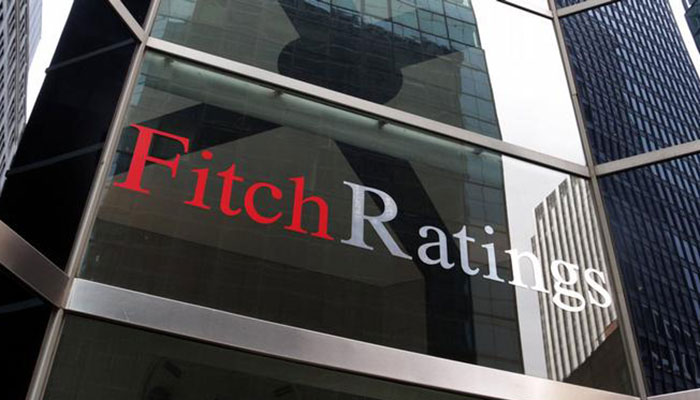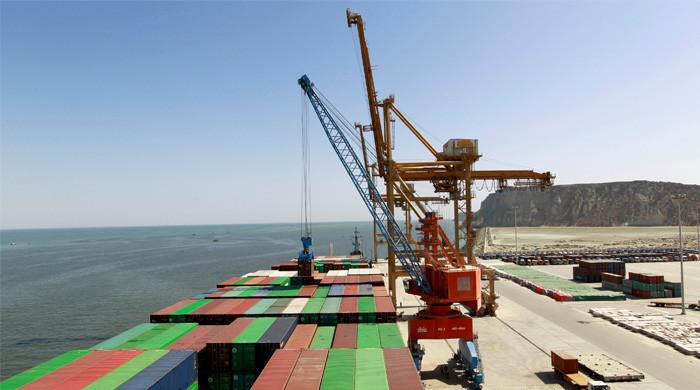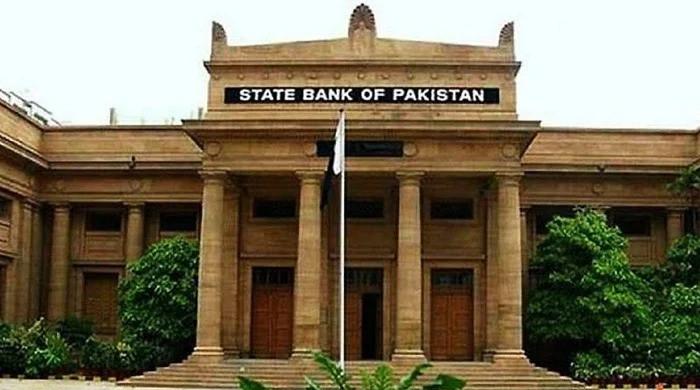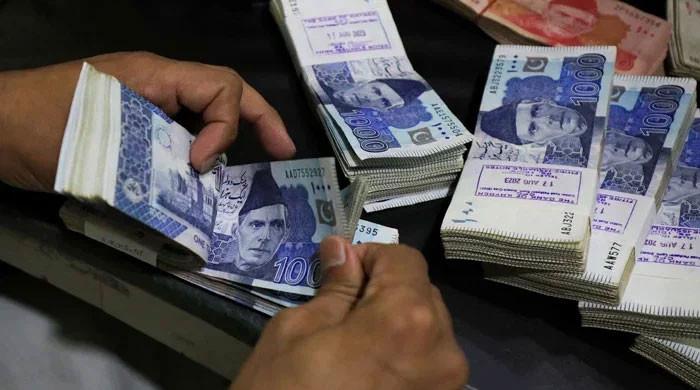Pakistan budget deficit projected to increase to 6% in 2019: Fitch
Government will have to slash expenditures over the forthcoming months as it looks to obtain funding from IMF: report
January 07, 2019

Fitch Solutions, in a report released on Monday, said it projects Pakistan’s budget deficit to be 6% in the current financial year 2018-19, compared to 5.8% in the previous FY2017-18.
The government will probably have to slash its expenditures over the forthcoming months as it focuses to obtain funding from the International Monetary Fund (IMF) under the bailout programme due to weak revenue growth, said the research agency.
It warned that the widening current accounting deficit, weakening currency and sliding foreign exchange reserves indicate that the current fiscal trend where expenditures outmatch revenue growth is unsustainable.
The agency revised its projections for the budget deficit as a share of GDP to clock in at 6% in FY2018-19 (July-June) from 5.8% previously, due to the limited extent to how much the government can decrease expenditure and weak revenue growth.
Pakistan’s budget deficit as a percentage of GDP swelled to 6.6% in FY2017-18 from 4.6% in FY2015-16, as expenditure on average rose by 13.7% per annum, outmatching revenue at 8.5%, Fitch noted.
This trend persisted in the first quarter (July-September) of current FY2018-19, as expenditures soared by 12.1% year-on-year (YoY), while revenue rose by 7.5% YoY in the corresponding period.
Consequently, the budget deficit soared by 22.9% YoY to Rs541.7 billion in the first quarter of FY2018-19 against Rs440.8 billion in the corresponding period of FY2017-18.
The research agency cautioned the rising deficit trend is untenable and said it anticipates the government to slow its expenditure growth over the coming quarters.
It noted the increasing fiscal deficit had caused a balance of payment crisis that the country was currently facing and indicated it was running out of foreign exchange reserves to finance its imports since import cover was now at less than two months.
To plug the external financing gap, the incumbent government secured financial assistance totalling $6 billion from Saudi Arabia. However, the government is aware it immediately needs to further secure a similar sum from the International Monetary Fund (IMF) in order to finance imports and restore creditors’ confidence, the agency said.
It observed that the main bone of contention was the IMF demands for harsh austerity measures and reforms to state-owned enterprises (SOEs), which the government is reluctant to accept.
The research agency highlighted Pakistan would ultimately clinch an IMF bailout, however, it said there will be limited scope for the government to slash expenditure over the coming months.
According to Fitch Solutions, there was diminutive space for maneuvering due to a large debt servicing cost and huge military budget in terms of current expenditure.
‘Defence Affairs and Service’ accounted for 14.8% of overall current expenditure, while domestic servicing cost share was 31.2%, it noted.
Already, the government slashed development expenditure by 40% in the first quarter (July-September) of current FY2018-19 and is improbable to attain further savings from this segment, said Fitch.
The revenue growth is expected to stay weak and the need for international assistance comes against a backdrop of slowing economic growth in Pakistan.
Economic growth is projected to slow down to 4.4% in current FY2018-19 and 4.1% in FY2019-20.
The country suffers from a weak tax-to-GDP ratio, an issue the government has admitted and depends majorly (60%) on indirect taxes, said the report.
And the small tax base will hamper the government in raising revenue significantly in the near-term even if it has the intention to do so, explained Fitch Solutions.











